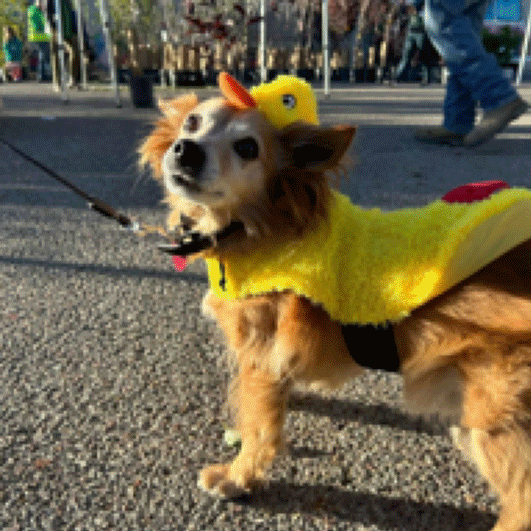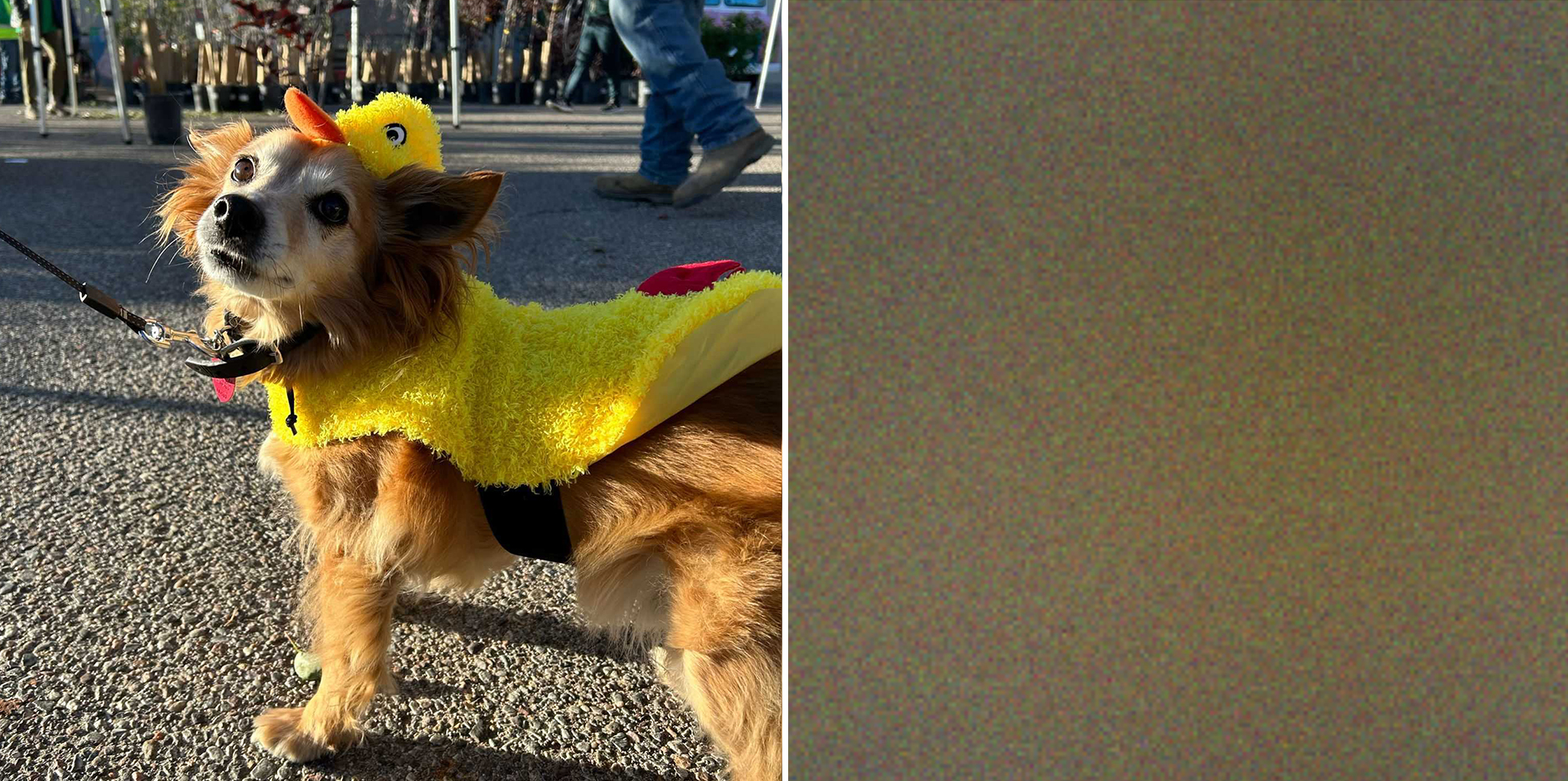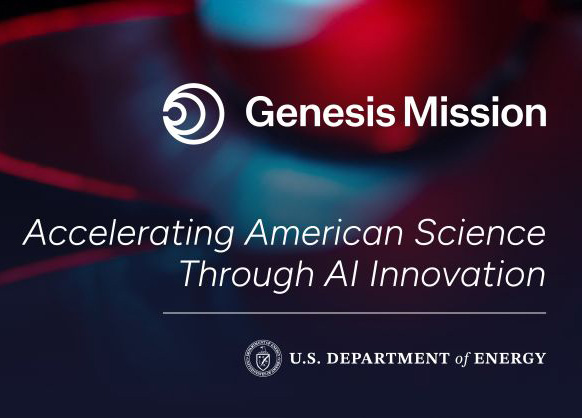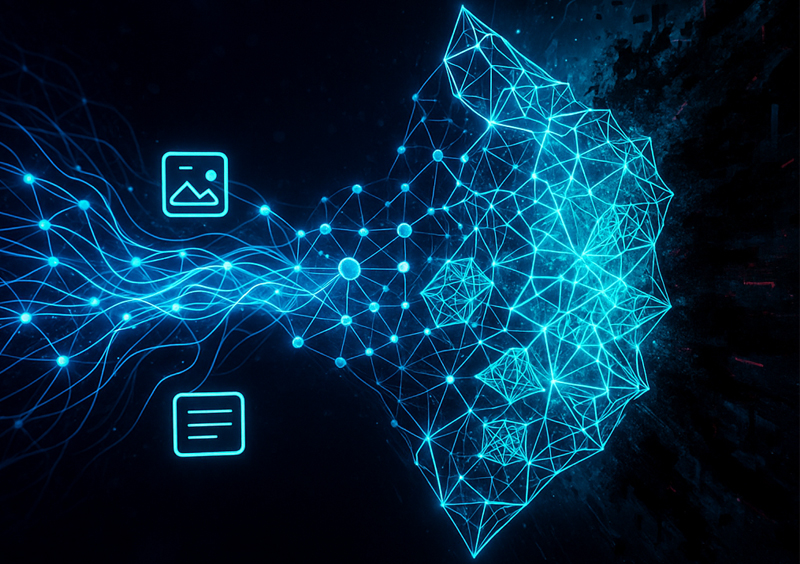Researchers at Los Alamos National Laboratory have developed a new approach that addresses the limitations of generative AI models. Unlike generative diffusion models, the team’s Discrete Spatial Diffusion approach honors scientific and physics principles. The team validated their model on two challenging scientific applications — subsurface rock microstructures and lithium-ion battery electrodes — with promising results.
“Currently, generative diffusion models create beautiful images, but they don’t honor the real-world, science-based constraints that are a necessary precondition for modeling scientific data,” said Javier E. Santos, scientist at Los Alamos and lead author on the research. “We developed the first real physical diffusion process that strictly obeys constraints such as the conversation of total mass, and thus has applicability in addressing challenges for science, technology and industry.”
Generative diffusion models typically operate on continuous intensity and diffuse independently across pixels and color channels, making them useful for creating images but ill-suited for applications involving discrete quantities. But the discrete spatial diffusion approach trains a model to generate data using the discrete quantities already available — particle counts or units of material, for example — which can deliver accurate representations of topics of interest to science.
A new approach to diffusion models
Generative diffusion models produce new data by adding noise to training data — an image, for instance — until the original data is pure noise, then reversing the noising process. In the process, the models learn how to recover the data in order to create new images. By using additive noise, the approach violates the scientific principle of the conservation of matter, which dictates that matter cannot be created or destroyed in a closed system.
The discrete spatial diffusion model preserves particle counts both in the forward, noise-adding process and the reverse, denoising process. That approach challenges the model to generate images with only the information already available to it. The employment of spatial diffusion achieves particle conservation (the first discrete diffusion model to do so) while introducing stochasticity, random variation that is useful for the math behind a predictive model’s forecasting ability.
The team evaluated their approach using standard benchmark datasets commonly employed in the machine learning literature. Initial validations demonstrated that the model was capable of reproducing images from CIFAR-10 (a dataset of 10 object categories, such as dogs, cats and vehicles) and CelebA (a dataset of human faces). Notably, the model achieved this while operating in a discrete space with a fixed number of pixels, which presents significant technical challenges.

They then moved on to validate the discrete spatial diffusion approach with subsurface rock microstructures. Testing the model with three challenging datasets of porous rocks, the model proved its ability to generate realistic image samples that obeyed the conservation of matter principle, a potentially valuable tool for industrial applications around oil and gas exploration, carbon sequestration and more.
The team also validated the model on datasets of lithium-ion battery electrodes, generating images that can show features of the electrodes, such as how electricity moves through the structure. The validation matched the structural fidelity of the electrode as well as the quantitative metrics used in the field. That insight could help researchers develop more effective structures for lithium-ion batteries.
“Our discrete spatial diffusion model builds on models that have been deeply studied and already underpin research in areas such as biology and geology,” said Yen Ting Lin, Los Alamos scientist and principal investigator on the project. “Our work shows how insight from those traditional physics models can inspire entirely new machine learning approaches and, in turn, how those approaches can benefit science.”
The team’s results on the “Diffusion Modeling with Physical Constraints for Scientific Data” project will be presented in December at NeurIPS 2025 as a spotlight paper at the Conference and Workshop on Neural Information Processing.
The Research: “Discrete Spatial Diffusion: Intensity-Preserving Diffusion Modeling.” DOI: 10.48550/arXiv.2505.01917
Funding: The work was supported by the Laboratory Directed Research and Development program at Los Alamos.






